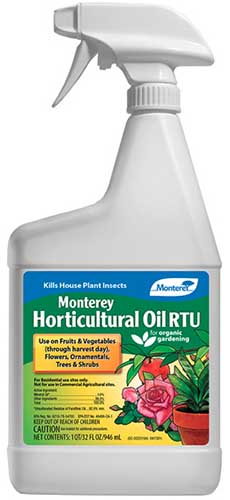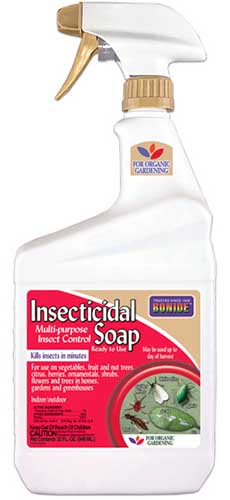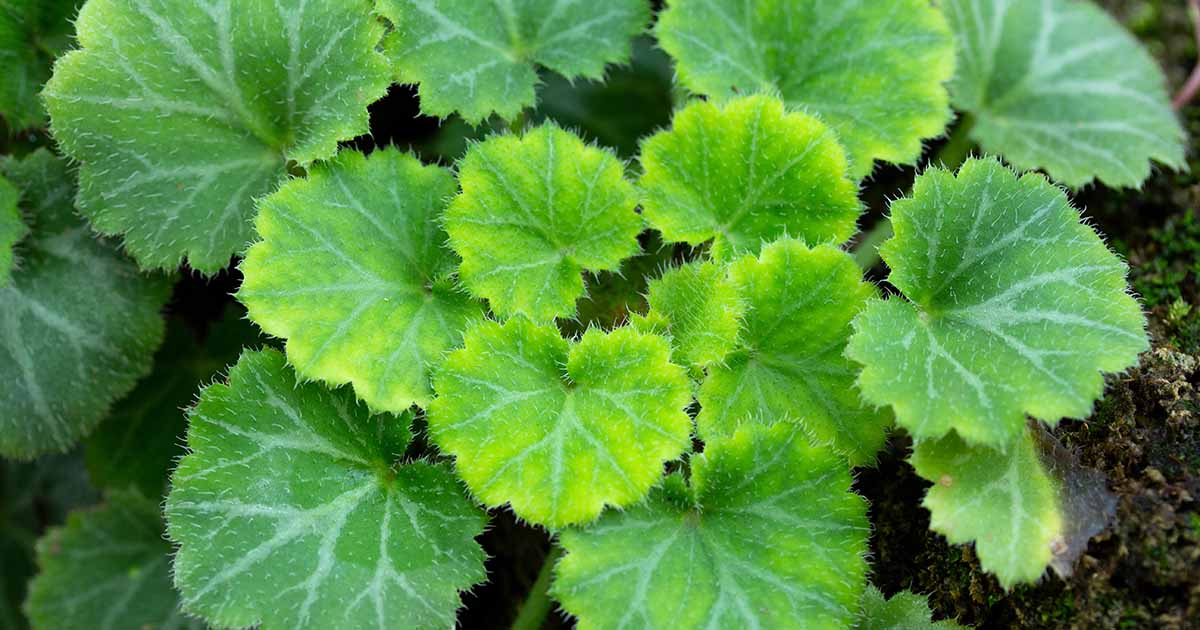
If you’re familiar with strawberry geraniums, then you probably know them best as lovely houseplants. But do you also know that they can be just as dazzling when grown outdoors?
In a small indoor pot, Saxifraga stolonifera produces lil’ plantlets that dangle over the sides via pretty red stolons. Cute and classy, yet compact and contained.
Out in the garden, however, these runners allow an individual strawberry geranium to blanket an area with a gorgeous mat of foliage and flowers, making it an ornamentally significant landscape planting.
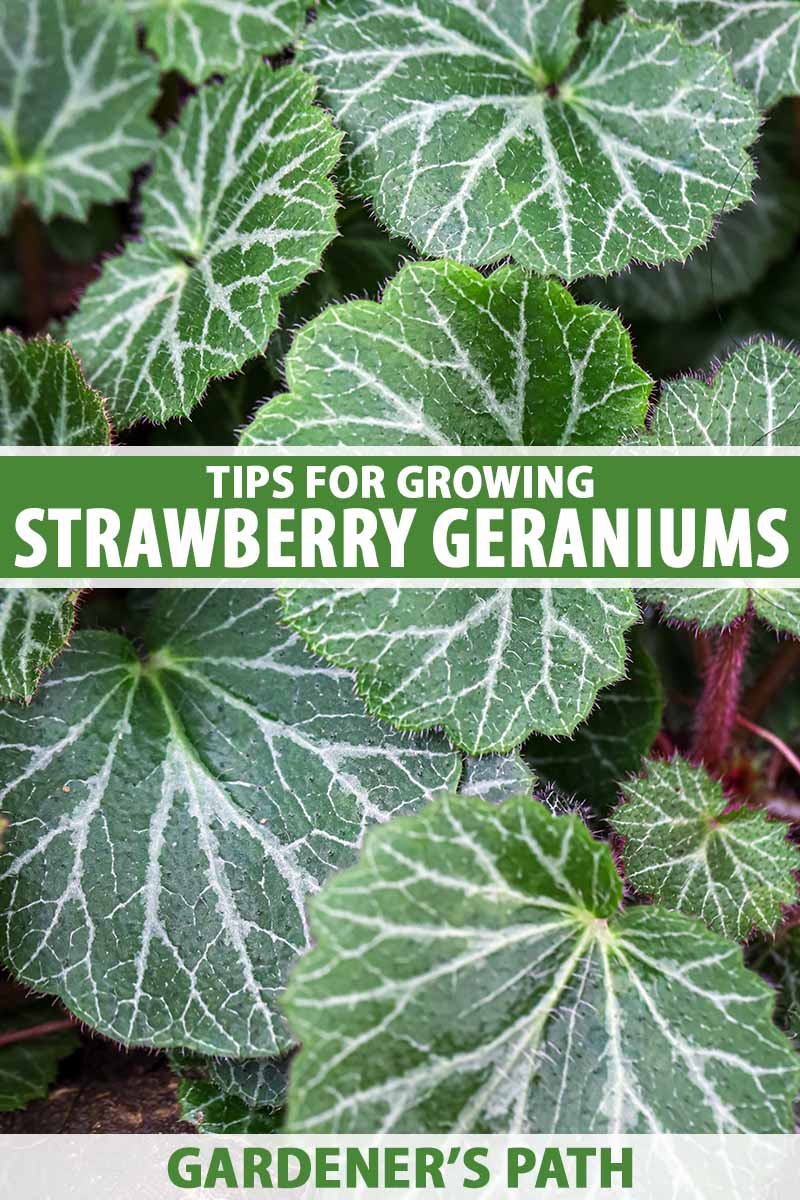
We link to vendors to help you find relevant products. If you buy from one of our links, we may earn a commission.
Put one in an outdoor planter, and your placement options increase all the more.
The “hows” of indoor and outdoor cultivation are pretty similar, but the latter requires tips and tricks that a strictly indoor grower may not know.
In this guide, we’ll break down everything you need to know for growing these perennials in the great outdoors. Propagation, cultivation, maintenance… all of it and more will be revealed.
Here’s what we’ll cover:
Shall we begin?
Strawberry Geraniums 101
Also known as strawberry begonias, strawberry saxifrage, and creeping saxifrage, strawberry geraniums are herbaceous evergreen perennials from the Saxifragaceae family, which includes species such as jade plants, astilbe, and coral bells.
So in spite of the name, they aren’t actually related to strawberries, geraniums, or begonias.
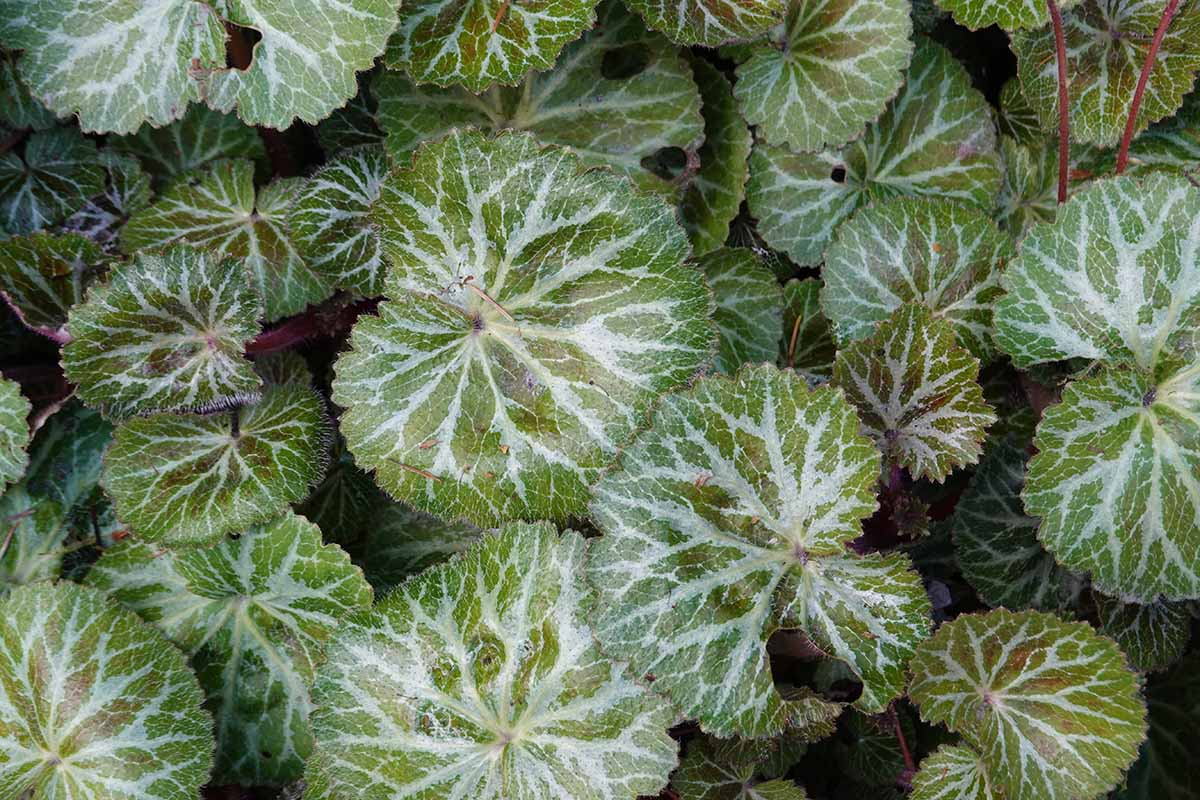
Hardy in USDA Zones 6 to 9, S. stolonifera hails from temperate regions of China, Japan, South Korea, and Taiwan, and is often found growing in rocky cliffs, like many other species in the Saxifraga genus.
Capable of growing out of the cracks of rocks themselves and fissuring them further, strawberry geranium is one tough customer.
Forming three- to nine-inch-tall rosettes of hairy, dark green rounded leaves with reddish undersides and silver markings, strawberry geraniums spread via their creeping red stolons, forming dense carpets of greenery.
Individually, each plant grows about a foot or two wide.

These strawberry-esque stolons form new rooted plantlets where each one touches the soil.
If the stolons dangle over a container’s sides, then they don’t even need to touch down at all to form plantlets.
In spring, floral stems up to 18 inches tall grow from the rosettes, each blooming with five-petaled flowers – three smaller pink petals up top, and two larger, magenta-speckled pink petals underneath.
Variety Selection
The first step in strawberry geranium cultivation is selecting which one you want to grow. Beyond the standard species, you have a couple of cultivars to choose from.
For a deviation from dark green leaves, you could go with the chartreuse foliage of ‘Harvest Moon.’
Those looking for large, silver-veined leaves would do well with ‘Hsitou Silver.’
For a variety that’s delightfully red, I’d select ‘Maroon Beauty’ or ‘Stephanie.’
The former has reddish hairs and blotches of red between the leaves, while the latter rocks especially red stems and stolons.
Interested in multiple different colors? Try ‘Tricolor,’ a variety that’s variegated in green, white, and pink hues.
You could also choose ‘Variegata,’ which flaunts prominent white to pink leaf margins.
If this one sounds appealing, you can find three-inch ‘Variegata’ plants available via Amazon.
If you want to get your hands on the species plant, it’s available in three-inch containers from Bubbleblooms via Amazon.
Propagation and Placement
First things first: you and your garden must be in USDA Hardiness Zones 6 to 9 to successfully grow strawberry geraniums outdoors year-round.
In colder regions, you’ll have to grow them as annuals, or perhaps in containers or hanging baskets that can be brought indoors before temperatures start to dip below -10°F.
A cool thing about strawberry geraniums is the way they can fill out an adjacent empty area on their own, without a gardener’s help.
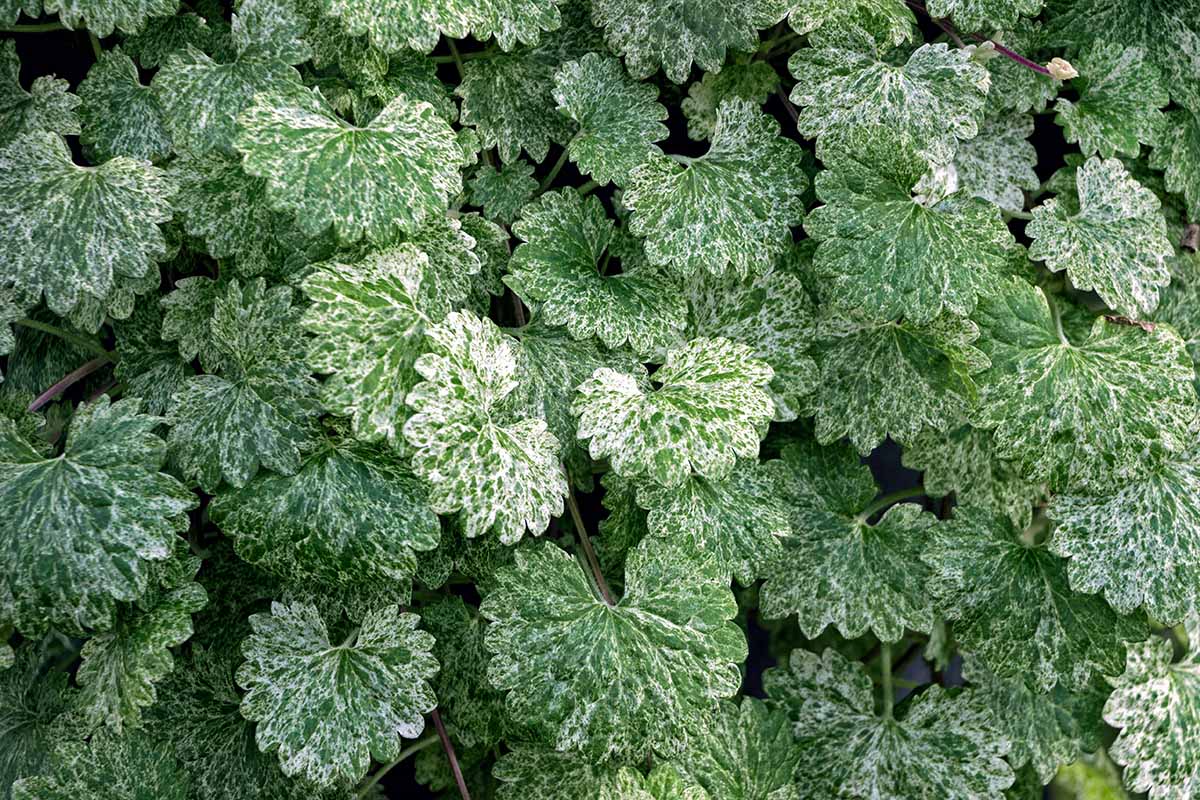
But if you want to speed up their expansion, grow some strawberry begonias in another zone of your garden, or fill up some spare outdoor containers you’ve got laying around, then you’ll need to start propagating.
The easiest method is to take plantlet cuttings – preferably in spring, after your area’s final frost date.
To do this, select plantlets with at least five mature leaves and cut them away from the parent with a sharp and sterile blade, making sure to leave an inch of stolon stem attached.
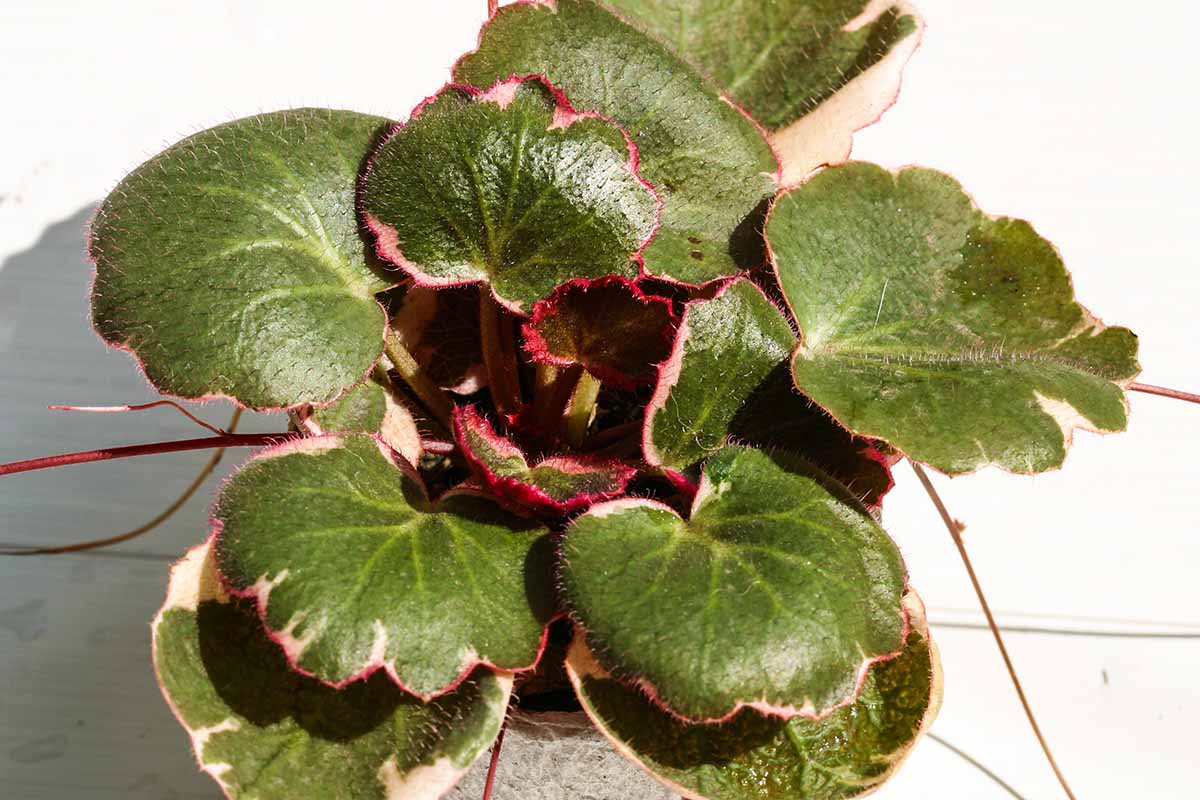
If the plantlets already have roots, then you can plant them straight away in planting holes prepared in moist, fertile, well-draining garden soil with a pH of 6.0 to 7.0.
Make sure the planting sites are in full to part shade and space the plants one to two feet apart. If you’re trying for a ground cover, never fear – the plants will fill in the space in between!
Plantlets bound for containers should go in pots, planters, and/or hanging baskets filled with a 50:50 mix of perlite and peat moss or coconut coir.
Make sure there are drainage holes at the bottom of the pot, with at least an inch between the root system and the container’s sides.
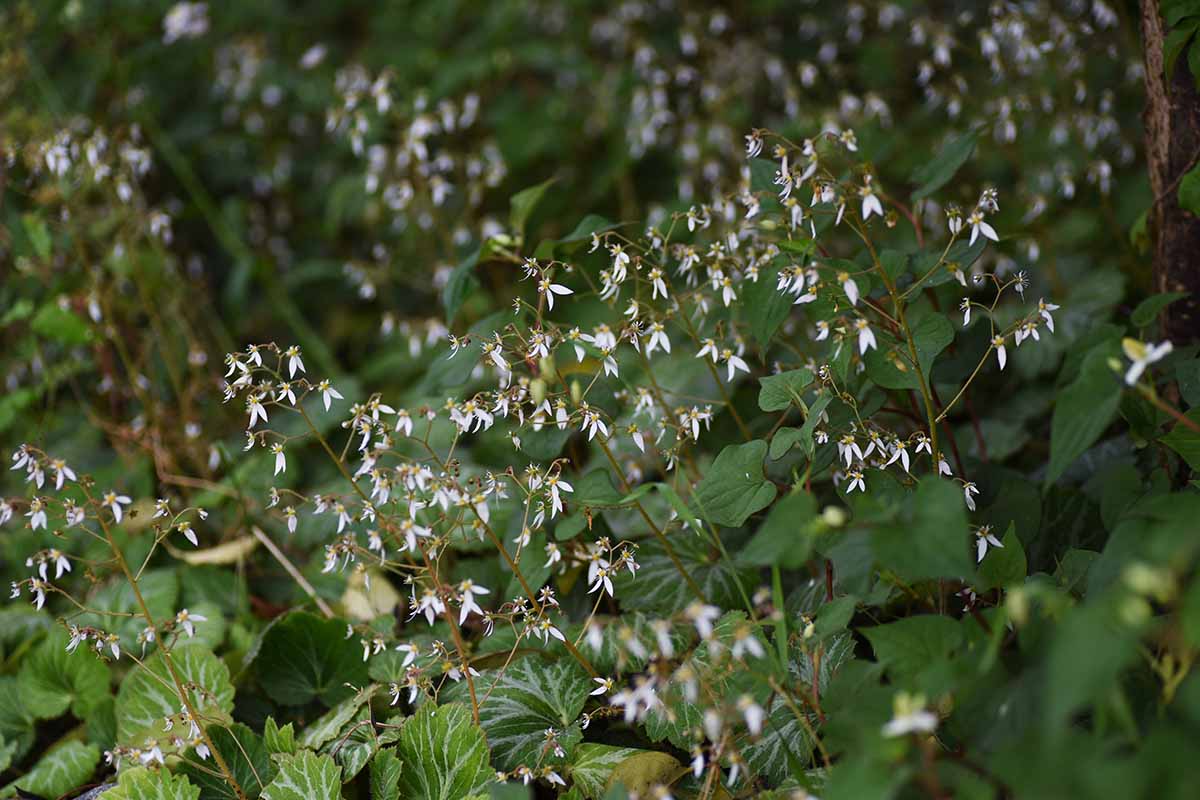
For plantlets with poor or non-existent root development, treat those as stem cuttings and set them in water, keeping the leaves above the water’s surface, which should promote root development.
To pull this off, fill a tall, slender glass with filtered or distilled water, or even rainwater that you have collected.
If the leaves aren’t supported and kept out of the water by the lip of the glassware, then the vessel isn’t skinny enough. If the stem isn’t completely submerged, then you need to add more water.
Need some glassware? Try this hanging, three-tiered wooden test tube station with 15 included tubes, available from Amazon.
Place them in an area with bright, indirect light indoors and change out the water every three days. After a few weeks, the plant should have grown two-inch roots – at this point, they can be moved into their permanent homes.
If you have a large specimen that needs repotting in spring or summer, you can also divide your plants to acquire new specimens!
To divide an existing plant, water it 24 hours before removing it from the ground or container, brushing away the soil from the roots, and splitting it at its horizontal rhizome.
Make sure each division has an even, proportionate amount of roots and shoots, and then they’re ready to go in the ground or a container. Dig planting holes large enough to fit the root systems, then lower the divisions in.
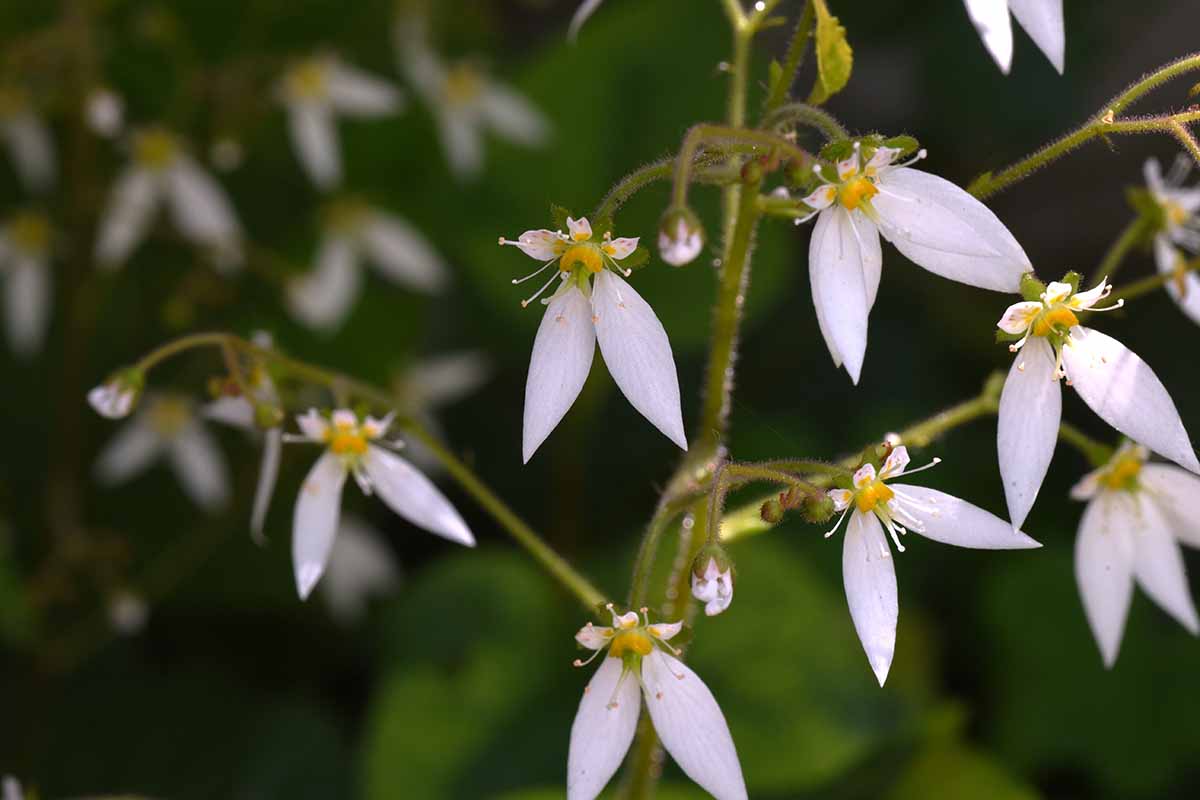
Add a bit of humus like rotted manure or compost as you backfill the planting holes, and deeply water the root zone of your plants immediately after backfilling, which’ll give them a nice start to their new lives.
If you’re transplanting nursery starts, dig holes the same size as the container the plants are growing in, and ensure that they are sitting at the same depth as they were in their original pots.
Growing Requirements
So you have some placed and settled strawberry geraniums in your garden, whether in the ground or in a container. Now what?
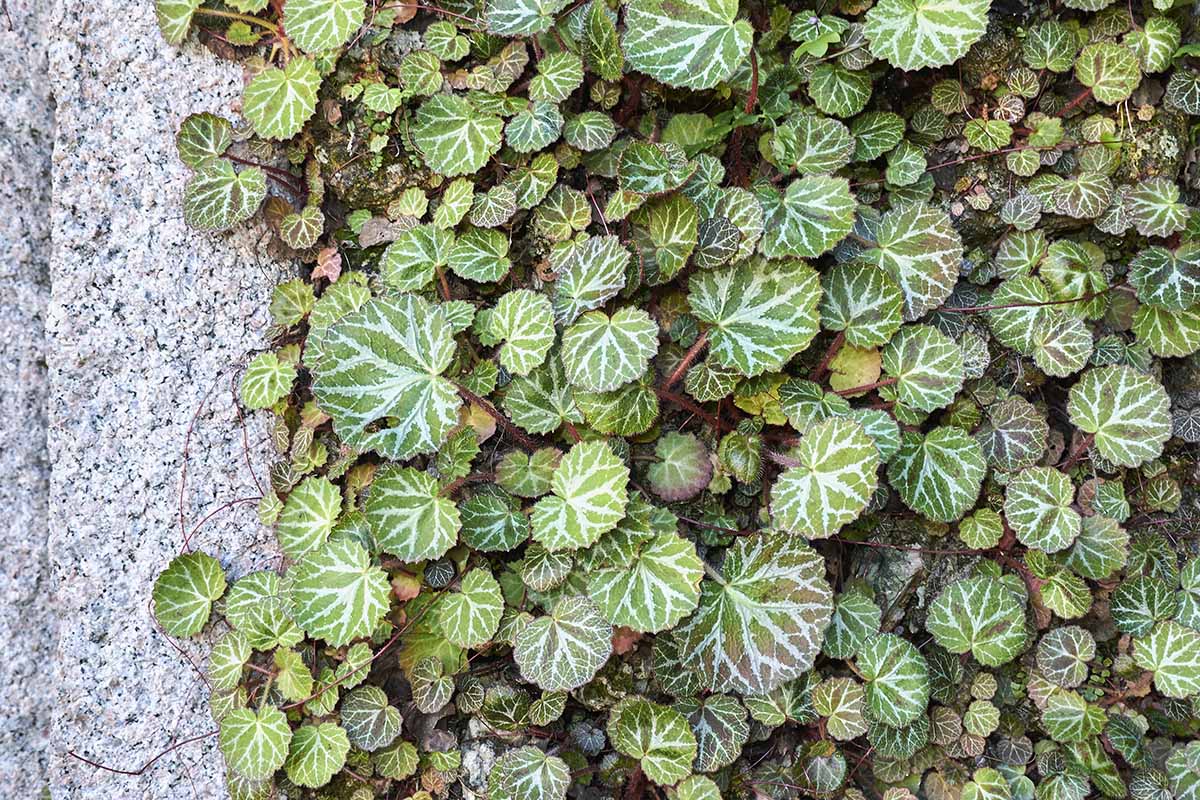
You’ll need to irrigate them regularly in the absence of rain, for one.
Allow the top inch or two of the surrounding soil to dry before watering deeply. In fall, your watering frequency will naturally go down as the plant’s transpiration rates decrease – and in winter, when temperatures dip below freezing, you won’t want to water at all.
Monthly applications of a balanced fertilizer will help keep your plants well-nourished.
For an effective product, try this water-soluble, 20-20-20 fertilizer from Jack’s Classic, available via Amazon.
Maintenance Tips
As with many plants, it pays to prune dead, damaged, or diseased plant tissues whenever you happen to notice them.
Your specimens will look better and be much healthier if you do this regularly.
Strawberry geranium flowers are definitely pretty, but if you’re going for a solely foliar aesthetic, then you can pinch back the flower stems as they appear.

Potted strawberry begonias will need to be divided or repotted as they outgrow their containers.
When repotting, choose a container the next size up, or one that provides at least an inch or two between the roots and the container’s sides.
Since strawberry geraniums are prone to spreading, you’ll want to occasionally check the perimeter of your planting area to make sure that no plants escape their intended zone.
If they do, then you’ll need to promptly pull them up and either replant or toss them in the compost.
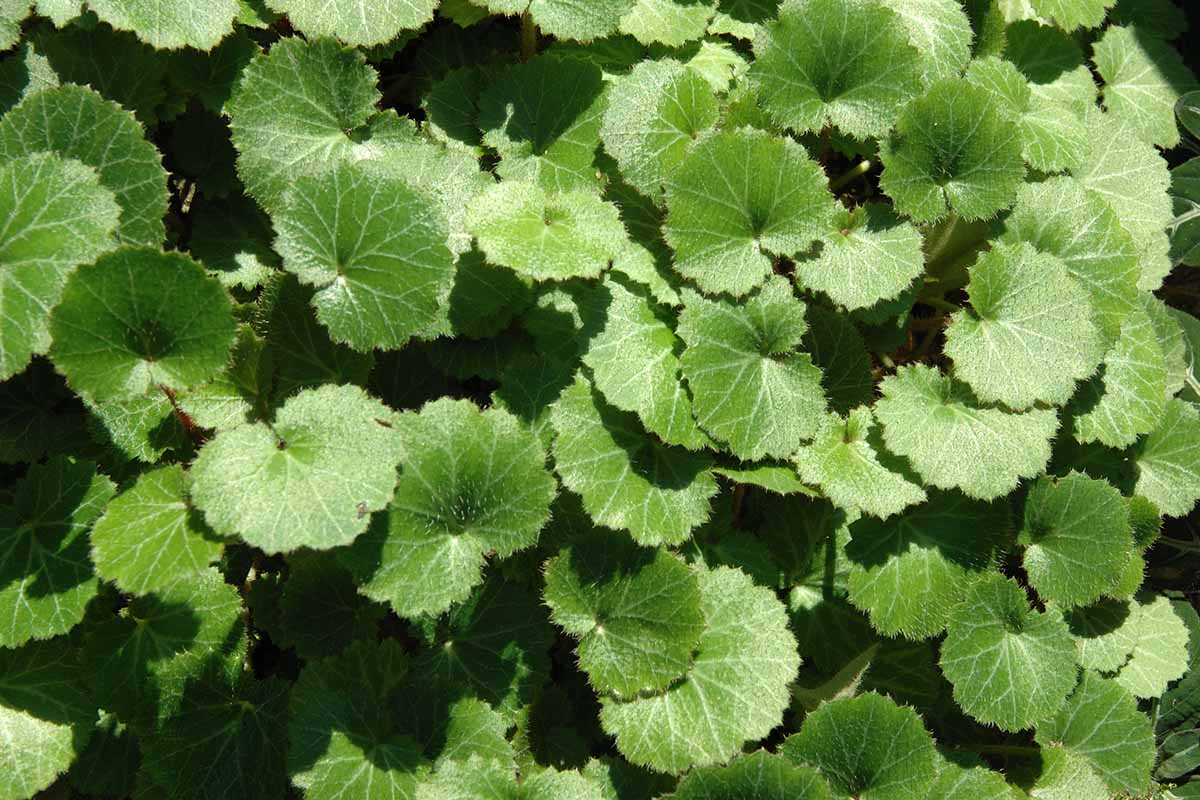
Even though they won’t die back, dormant specimens grown in USDA Zone 6 and 7 do well with a layer of mulch for additional winter protection.
For ease in moving around, go with a light mulch such as pine straw or finely shredded wood chips.
In climates colder than USDA Zone 6, your strawberry geraniums will need to be brought inside by the time temperatures dip below -10°F and cared for until the following spring.
You can learn more about growing strawberry begonias indoors in our guide.
Pest and Disease Management
The best way to prevent pests and disease issues in a plant is to care for it properly and keep it healthy.
Following the above tips, along with using sterilized gardening tools and disease-free growing mediums, should help tremendously.
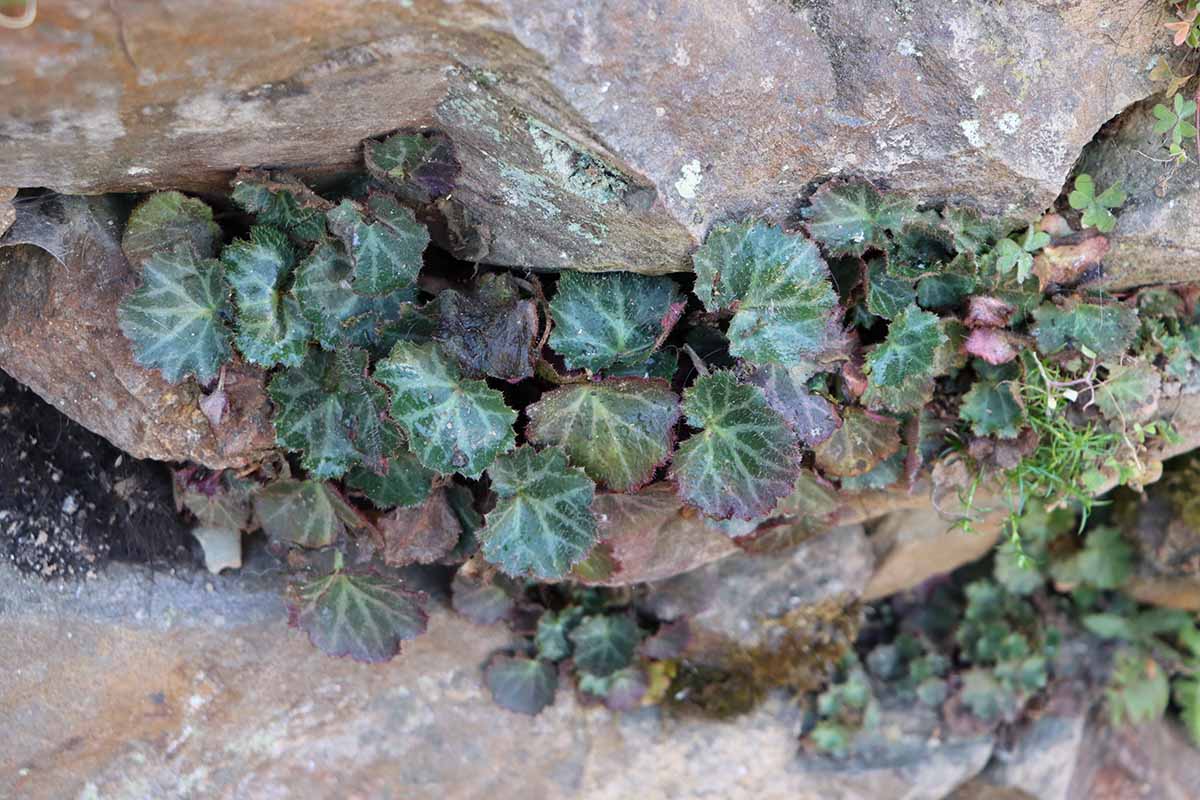
But when pests like aphids, mealybugs, spider mites, and whiteflies infest and feed on your plants, they can suffer from symptoms such as leaf chlorosis, dieback, desiccation, and even death.
Plus, secondary issues like honeydew secretion and sooty mold formation can rear their ugly heads.
Strong sprays of water can knock pests off of plant surfaces, while sprays of horticultural oil and insecticidal soaps will actually kill them.
Any tissues severely infested with and damaged by insects should be pruned away.
Monterey offers ready-to-spray and concentrated horticultural oil via Arbico Organics.
You can find Bonide multi-purpose insecticidal soap at Arbico Organics, as well.
There aren’t many notable diseases that afflict strawberry geraniums, although root rot can occur when gardeners overwater or when they are growing in soil that lacks adequate drainage.
To stop root rot from progressing, immediately stop overwatering and protect your specimens from excessive rainfall, if possible.
To prevent the problem altogether, always be sure to plant in well-draining soil or growing medium.
A Real Sweet Ground Cover
Although S. stolonifera isn’t sweet like an actual strawberry, its appearance is quite savory. Wouldn’t you agree?

Whether you put them in the ground or in swanky containers outdoors, strawberry geraniums will really liven up your outdoor landscape.
Any questions, thoughts, experiences of your own to share? Head on down to the comments section.
And for more attractive foliage plants to add to your landscape, check out these guides next:




